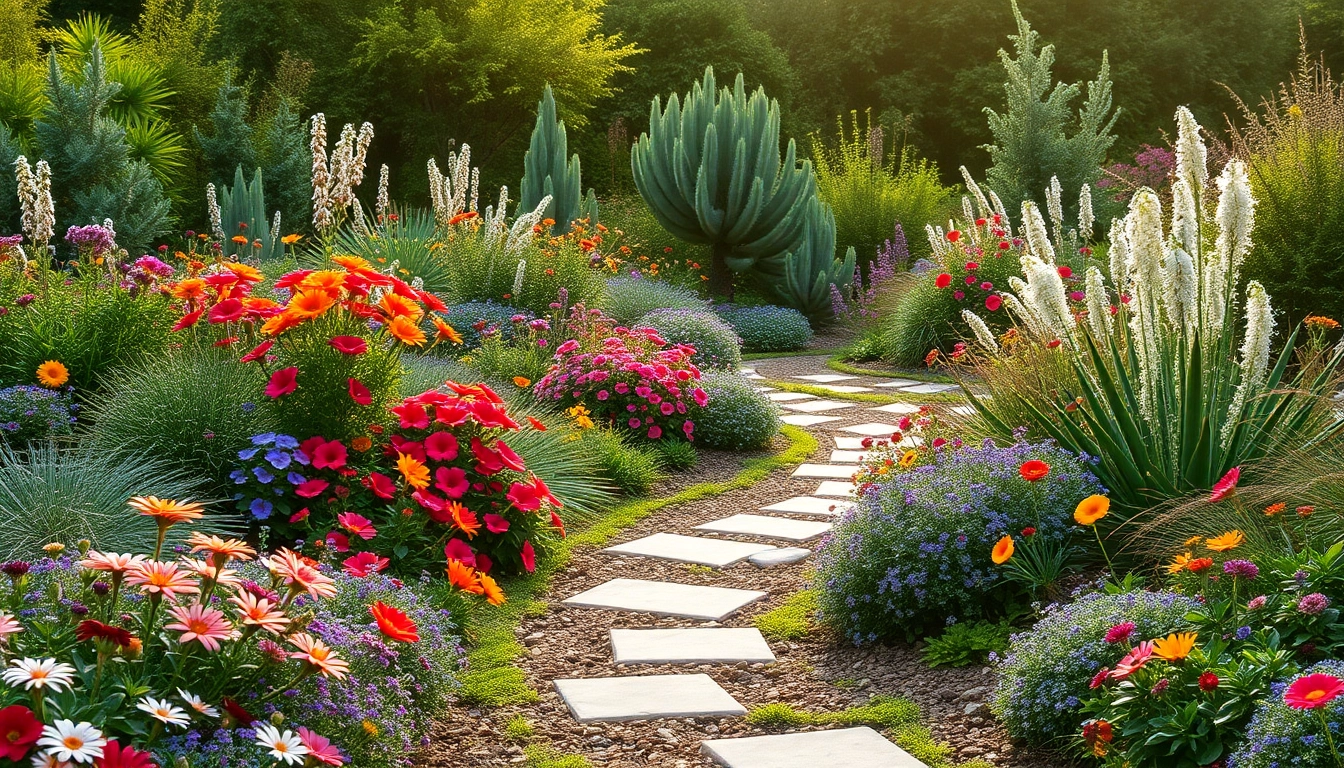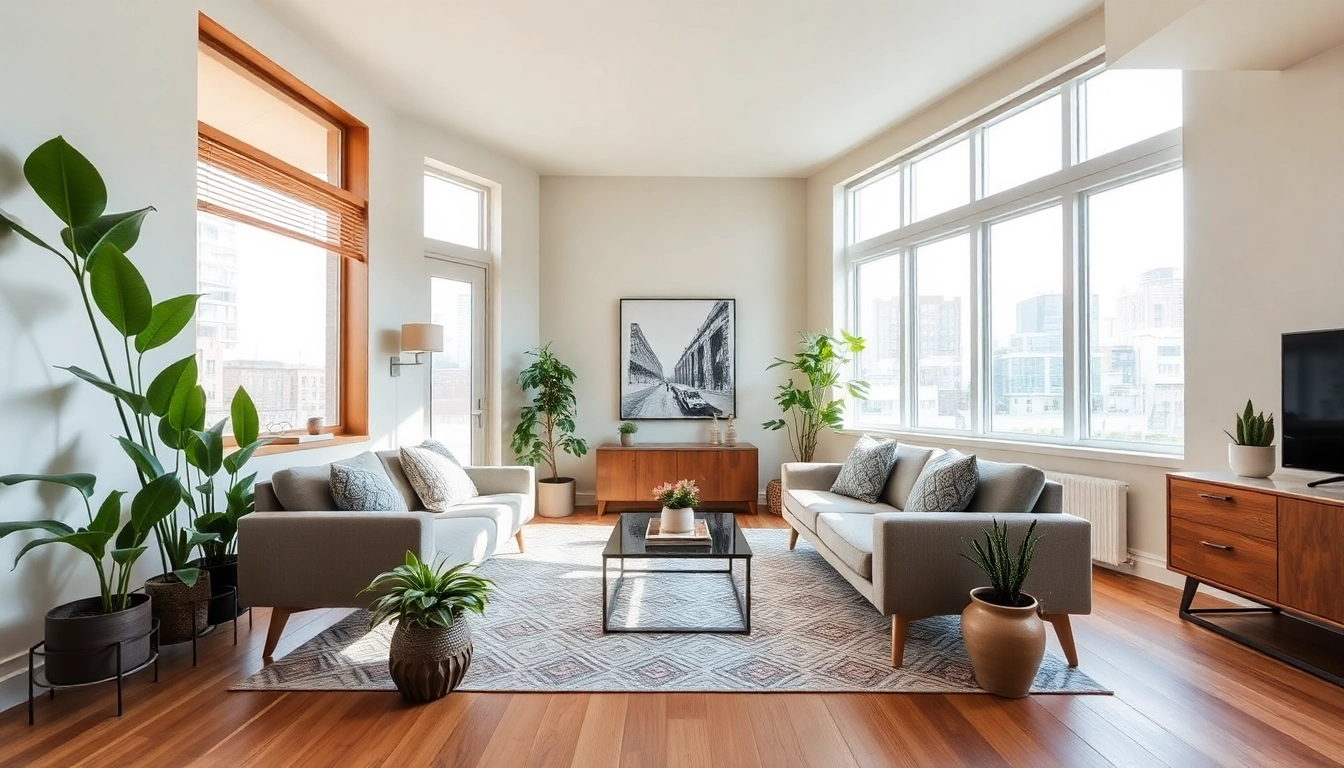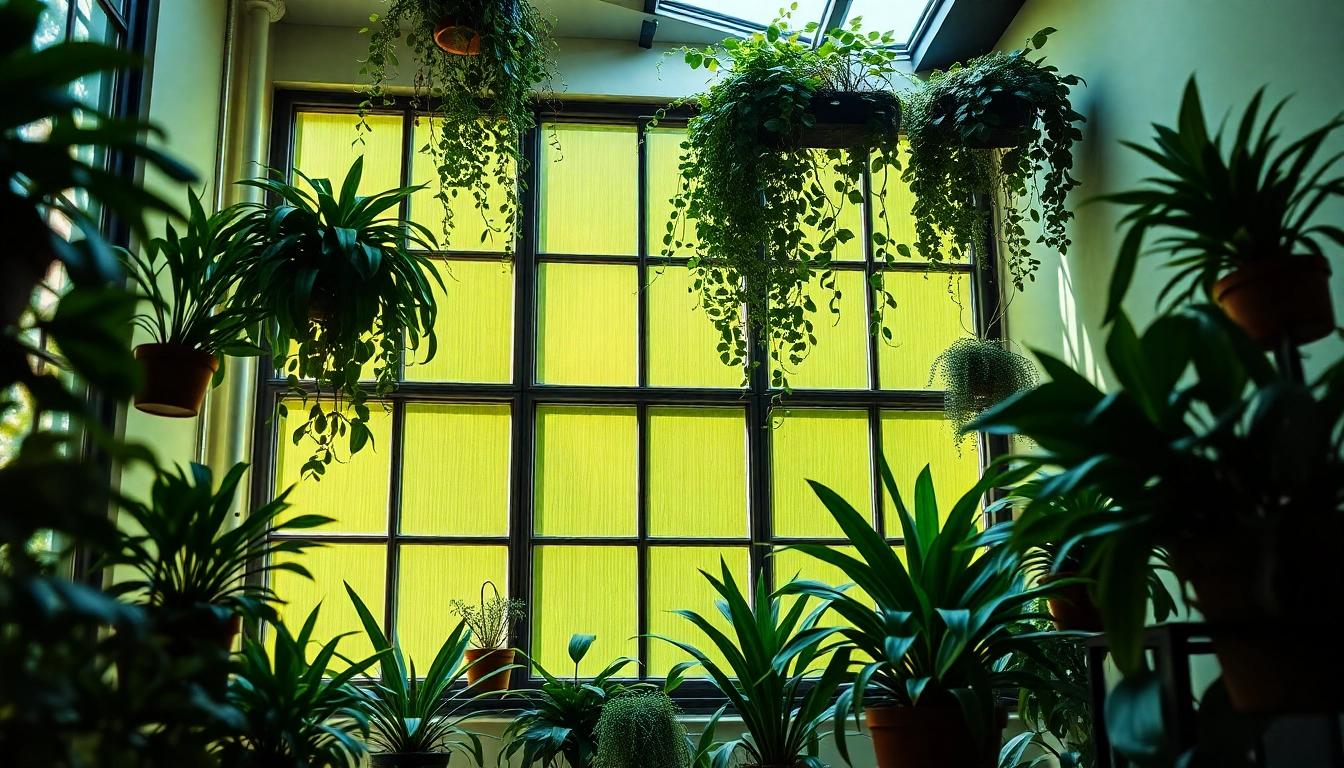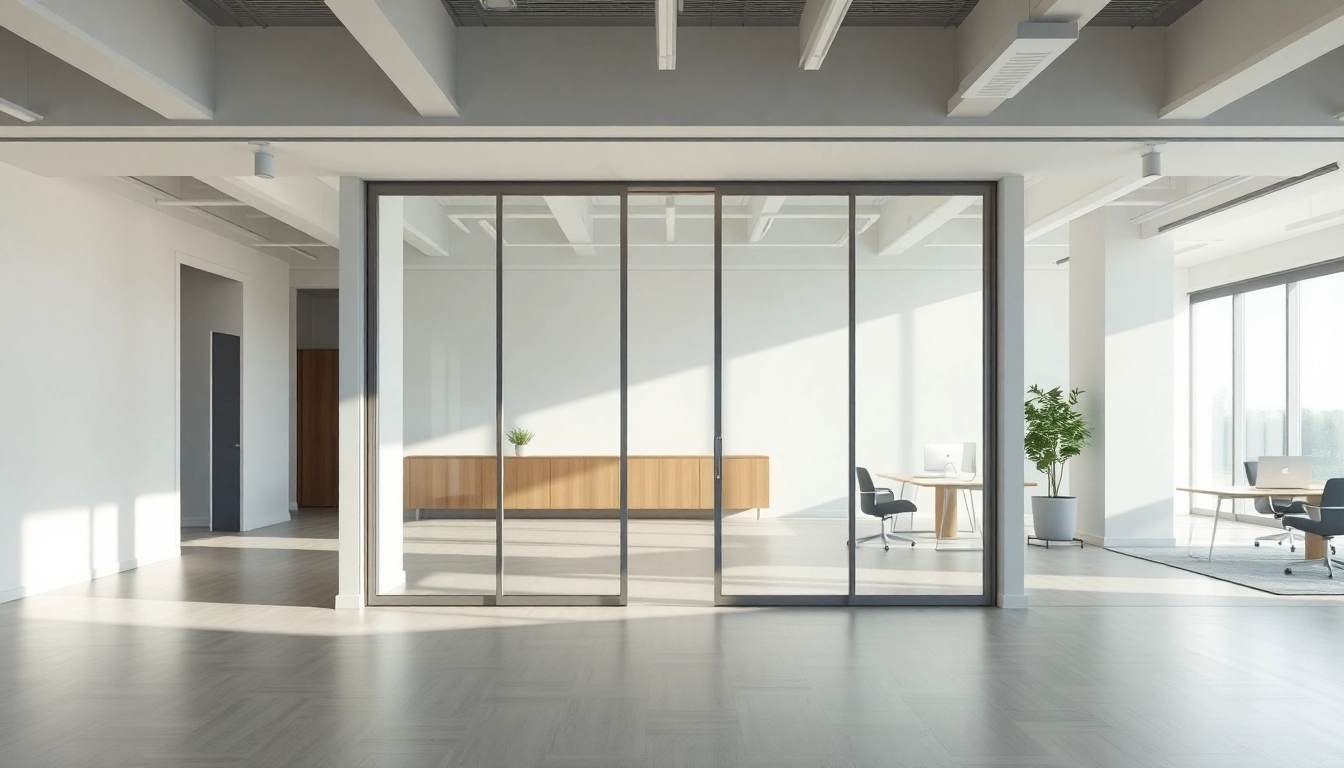Understanding Landscape Design Services
In a world increasingly conscious of aesthetics and environmental responsibility, landscape design service has emerged as a vital component of property enhancement. These services encompass a range of professional practices aimed at creating functional, visually appealing, and ecologically sustainable outdoor spaces. Whether it’s a residential backyard or a commercial green area, effective landscape design involves careful planning and execution tailored to both the client’s desires and the site’s unique characteristics.
What is Landscape Design?
Landscape design is the art and science of organizing and integrating various elements of the landscape into an aesthetically pleasing and functional outdoor area. This includes the arrangement of trees, shrubs, flowers, and hardscape features like patios, pathways, and retaining walls. The process involves understanding the subtleties of environmental conditions, envisioning how the space will be used, and applying design principles to bring that vision to life.
Landscape designers often collaborate with architects and civil engineers to ensure that their designs align with structural requirements and sustainable practices. Furthermore, landscape design is not a mere decorative endeavor; it entails addressing practical considerations such as drainage, soil health, plant growth, and the local ecosystem.
Benefits of Professional Landscape Design Services
Hiring a professional landscape design service comes with numerous benefits. Firstly, it can significantly increase the value of a property. Well-designed outdoor spaces not only improve curb appeal but also enhance the overall marketability of the home or commercial property. Studies have shown that quality landscaping can yield a return on investment as high as 15-20% when selling a property.
In addition to financial value, professional landscape design enhances the usability of outdoor spaces. Designers consider how different areas will be utilized, creating zones for relaxation, recreation, or social gatherings, thus transforming an underused yard into a vibrant living area. Moreover, a well-executed landscape design can contribute to environmental benefits, including biodiversity, soil health, and climate resilience by incorporating native plants and sustainable practices.
Key Elements of Effective Landscape Design
Effective landscape design hinges on several key elements that work harmoniously together:
- Plants and Vegetation: Selecting the right plants that fit the climate and soil type is crucial. Native plants often require less maintenance and support local wildlife.
- Hardscapes: The use of non-plant elements like stones, bricks, and concrete helps define spaces and provides structure. Pathways and walls can enhance movement through the landscape.
- Water Features: Incorporating elements like ponds, fountains, or drainage systems not only enhances aesthetics but also supports ecosystem health.
- Lighting: Strategic use of outdoor lighting can extend the usability of space into the evening and highlight landscape features for visual appeal.
- Scale and Proportion: Understanding the spatial relationship between different elements helps create a balanced design. A small garden may benefit from fewer large features, while a spacious area can accommodate more significant elements.
- Maintenance Considerations: A successful design takes into account the long-term care and upkeep of the space, aiming to minimize labor while maximizing visual impact.
Choosing the Right Landscape Design Service
When it comes to selecting a landscape design service, potential clients must navigate a competitive landscape that includes both local firms and online providers. Making the right choice involves careful consideration of several factors.
Factors to Consider When Selecting a Landscape Designer
Several key factors should inform your choice of landscape designer:
- Experience and Expertise: Look for designers with a robust portfolio that demonstrates their ability to handle projects similar to yours. Check for credentials and any specializations, such as sustainable design or native landscaping.
- Design Style: Every designer has a unique aesthetic. Review their previous work to ensure their style aligns with your vision.
- Local Knowledge: A designer familiar with your region will understand how local climate, soil types, and plant selection can affect your project.
- Communication Skills: Effective communication is vital for a successful design process. Choose a designer who listens to your ideas, articulates their concepts well, and is open to collaboration.
- Budget Transparency: An ideal designer will provide clear estimates and be willing to work within your budget, helping you prioritize features that align with your financial capabilities.
- Reviews and References: Customer reviews and testimonials can provide insight into a designer’s reliability and quality of work. Don’t hesitate to request references from past clients.
Local vs Online Landscape Design Services
Choosing between local and online landscape design services involves weighing the pros and cons of each option. Local services provide the advantage of face-to-face consultations, allowing for more direct communication and hands-on planning. Local designers are also more attuned to the regional characteristics that can influence landscape success.
On the other hand, online landscape design services offer convenience and varying levels of expertise through innovative technology, such as 3D modeling. Platforms like Yardzen and ShrubHub enable detailed designs without the need for in-person visits, making them accessible to a wider audience. However, the lack of personal interaction can sometimes be a drawback for clients who prefer a more tactile approach to their projects.
Customer Reviews and Case Studies
While searching for a landscape design service, potential clients should actively seek out customer reviews and case studies. Review platforms and social media pages often provide uncensored feedback on previous projects.
Case studies offer a deeper dive into the design process, showcasing not only the end result but also the challenges faced and how they were overcome. For instance, a project that integrated sustainable water management practices could reflect positively on the designer’s capabilities and their commitment to environmentally friendly practices.
Cost of Landscape Design Services
The cost associated with landscape design services can vary widely based on several factors such as location, the scope of the project, and the designer’s expertise. Understanding these costs is essential for clients planning to invest in landscaping.
Average Pricing for Landscape Design Services
On average, clients can expect to pay between $50 to $100 per hour for landscape design services. However, this fee can fluctuate based on the region and the designer’s reputation. For projects that require extensive work, such as large garden installations or commercial landscaping, clients might find the total costs ranging from $500 to upwards of $20,000.
Many landscape designers also offer flat-rate packages that include consultation and design plans for a specified fee. For instance, a basic consultation may start at $300, while comprehensive design plans can escalate based on complexity and additional services, such as project management or installation oversight.
Factors Influencing Design Costs
Several elements can influence the overall cost of landscape design services. These include:
- Project Scope: Larger or more intricate projects naturally come with higher costs due to the increased time and resources required.
- Materials and Plantings: The choice of plants and hardscape materials can greatly impact the budget. High-quality materials may enhance durability but can also elevate costs.
- Site Conditions: Challenging site conditions, such as sloped terrain or poor soil quality, may require specialized techniques or additional preparation work, thereby increasing costs.
- Labor Costs: Local labor rates may differ, and higher rates in urban settings can drive up the overall expenditure.
- Expertise Level: Highly regarded designers with a proven track record may command premium fees, justified by their experience and portfolio.
Budgeting for Your Landscape Design Project
Effective budgeting for a landscape design project requires careful planning and consultation. Start by establishing a clear understanding of how much you are willing to invest and what your priorities are in terms of design features.
Clients should break down their budgets into categories, such as design fees, materials, labor, and contingencies for unexpected costs. It is also wise to set aside a portion of your budget for maintenance after installation, as ongoing care will be necessary to maintain the space’s beauty and functionality.
Ultimately, working closely with your chosen designer can help manage costs effectively. A transparent dialogue around budget limitations and expectations can lead to creative solutions that do not compromise aesthetics or functionality.
Trends in Landscape Design
As societal trends evolve, so too do the practices and aesthetics of landscape design. Recognizing current trends can inspire innovative ideas and ensure that your outdoor space remains contemporary and functional.
Eco-Friendly Landscape Design Practices
Environmental consciousness is at the forefront of modern landscape design. Eco-friendly practices not only enhance the appeal of outdoor spaces but also contribute positively to the environment. Techniques such as xeriscaping, which favors drought-tolerant plants, promote water conservation significantly. Additionally, incorporating permeable paving systems allows rainwater to infiltrate the ground rather than running off, helping to reduce stormwater pollution.
Moreover, many designers are advocating for native plant gardens, which support local wildlife and pollinators while requiring less maintenance and fewer resources. Integrating recycled materials into hardscape features is also gaining popularity, reflecting a commitment to sustainability.
Modern Landscape Design Trends to Watch
In recent years, several modern trends have been emerging within landscape design:
- Outdoor Living Spaces: There is a growing demand for functional outdoor areas such as kitchens, lounges, and dining spaces. Designers are increasingly creating seamless transitions between indoor and outdoor living.
- Minimalism: Clean lines and minimalistic designs are, in many cases, preferred. This trend focuses on fewer plants and features, favoring unity and simplicity.
- Smart Technology Integration: The use of smart systems for irrigation and lighting is becoming more prevalent. Homeowners are looking to automate their landscapes for efficiency and convenience.
- Wildlife-Friendly Design: More people are adopting design elements that accommodate and encourage native flora and fauna, blending gardens with natural habitats.
Incorporating Technology in Landscape Design
Technology plays a transformative role in landscape design, enhancing both the design process and client experience. Tools like 3D modeling and virtual reality offer immersive ways for clients to visualize their prospective projects before execution. These technologies allow designers to create detailed representations of the finished product.
Moreover, landscape design software enables designers to experiment with different layouts, plant combinations, and materials efficiently. Remote landscape design services are also capitalizing on technology, allowing clients to collaborate and communicate easily with designers from anywhere.
Maximizing Your Landscape Design Investment
Once a landscape design project is complete, taking steps to maximize your investment is crucial. Ensuring that your newly designed space continues to thrive involves proactive maintenance and a strong relationship with your landscape designer.
Maintenance Tips for Your Landscaped Space
Regular maintenance is essential to keep a landscape looking its best. Here are some key maintenance tips:
- Regular Pruning and Weeding: Keep plants healthy and thriving by pruning them and removing weeds that compete for resources.
- Proper Irrigation: Utilize efficient watering methods, such as drip irrigation, to ensure plants receive adequate hydration without wastage.
- Soil Health: Regularly check soil composition and biomarkers to ensure the plants are growing in nutrient-rich conditions.
- Seasonal Updates: Change plant selections seasonally for enhanced interest and diversity in your landscape.
- Consultation with Professionals: Engage with your designer periodically to discuss needed changes, improvements, or adaptations based on plant growth and changing conditions.
How to Communicate Your Vision to Your Designer
To ensure a successful landscape project, it is vital to communicate your vision clearly to your designer. Here are some strategies to articulate your ideas effectively:
- Gather Inspiration: Collect images, designs, or even sketches that resonate with your desired aesthetic to share with your designer.
- Define Usage: Be clear about how you intend to use the space—whether for relaxing, entertaining, or children’s play—to guide the design process.
- Discuss Preferences: Talk about your preferences for plants, materials, and overall themes to help the designer align their vision with yours.
- Set Boundaries: If there are design elements you dislike or specific limitations, communicate these upfront to avoid future misunderstandings.
Measuring Success: Evaluating Your Landscape Design
Once your landscape design is complete, measuring its success is an ongoing process. Key factors to consider include:
- Aesthetics: Does the landscape meet your visual expectations? Is it harmonious with your home and surroundings?
- Functionality: Is the space serving its intended purpose? Are you utilizing it as planned?
- Maintenance Ease: Is the landscape easy to maintain, and does it require a sustainable level of care?
- Ecological Impact: Are the elements in your landscape contributing positively to the local ecosystem?
By regularly re-evaluating these aspects and working with your designer for adjustments, you can ensure your landscape continues to thrive and add value to your property.



